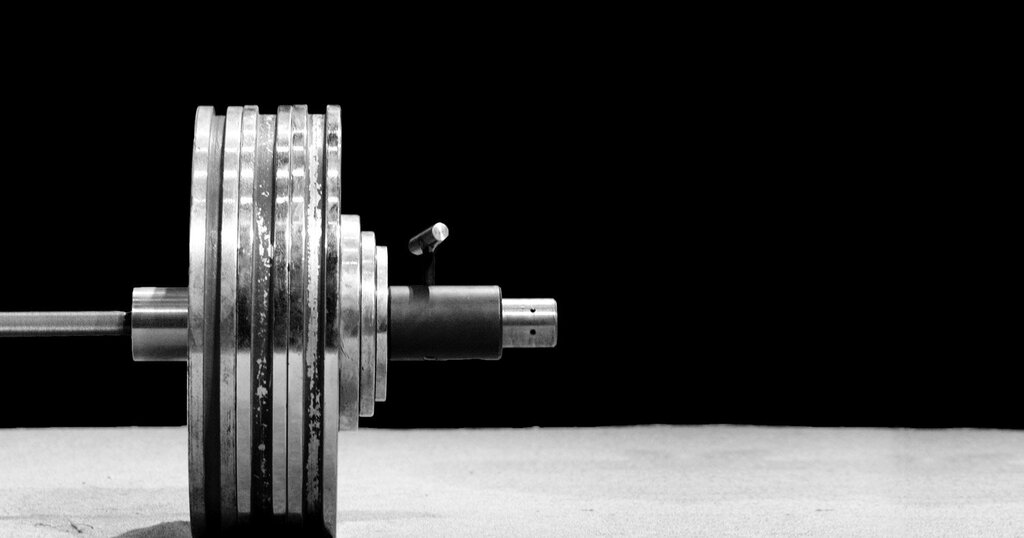When people hear the word ‘power’, the first thing that pops into their minds is a rigid and strong athlete… someone that can lift heavy objects and sprint high speeds… that’s lean and almost statuesque… Unfortunately, hair metal isn’t the only thing that the 80s has left in the grand scheme of the fitness world.
The stigma that strength and power sports make an athlete thick, bulky, or “fat” looking has long been ingrained into the philosophies of a lot of older style and mainstream bodybuilders for years. but the stigma is not true and if you want to find yourself breaking plateaus and growing further into your sport… it’s time to put aside your 4 sets of 20 and get with the program. Strength and Conditioning isn’t just for ESPN 1 athletes and definitely plays a huge role in the bodybuilding world. More specifically, if it wasn’t for Strength and Conditioning Research and the principle of physique training branching away from it, Bodybuilding would not even exist.
Utilizing strength progressions not only stimulates growth in a person’s physique but major hormonal benefits and nutritional demand making it easier to get your 8 meals of monotony down your throat.
Strength and Conditioning In Bodybuilding
How does Strength and Conditioning apply to a Bodybuilder’s regimen? Why not?! Hypertrophy is stimulated by various levels of volume and fatigue, and without the stimuli being provided it can easily find itself stagnant or non-existent. Skeletal Muscle Hypertrophy refers to the increase in the size of the muscle fibers along with the size of the myosin, actin, and myofibrils within the fiber itself in order to be capable of providing more force through range of motion. “What’s the best way to stimulate force application?”, you might ask. Base strength and power movements which can be found in powerlifting and general S&C programming such as the squat, bench, and deadlift as well as ancillary movements such as isolated odd lift movements, sprinting, and bodyweight work.
Another key benefit to including strength and conditioning/powerlifting style programming within one’s Bodybuilding program is endocrine hormone response within the body. The application of strength training increases hormone levels as well as receptor sensitivity to factors such as testosterone, insulin, insulin type growth factors, and growth hormone. For the non-science savvy, these hormones help stimulate human muscular recovery, size, and strength; thus, increasing calorie/nutrient demand and overall calorie expenditure as well as maintaining an anabolic environment within the body supporting the athlete’s physique demands.
Application of a strength program to one’s routine can be fairly simple, and it’s as easy as transitioning your higher volume isolation work as assistance work to a strength template such as the linear template below:
Week 1: 65% 4 sets x 5 reps
Week 2: 70% 4 sets x 5 reps
Week 3: 75% 4 sets x 5 reps
Week 4: 80% 5 sets x 3 reps
Week 5: 83% 5 sets x 3 reps
Week 5: 87% 6 sets x 2 reps
Week 6: 90% 6 sets x 2 reps
Week 7: 95% 6 sets x 1 reps
Week 8: 1rm test
Program Week:
Day 1: Squat
Day 2: Bench
Day 3: Deadlift
Day 4: Overhead Press
Program Daily Breakdown:
- Strength Work
- Rest 10 Min
- 4 Isolation/Bodybuilding style movements
- Squat: Leg Focused
- Bench: Chest/Tris
- Deadlift: Back/Bis
- Overhead: Delts
As per many sources of research including many well-known Strength and Conditioning professors, it has been proven that maximal hypertrophic stimulation cannot be achieved without the use of strength, power, and speed work found within powerlifting programming. The benefits outweigh the flaws substantially, so if you can get passed the bro-science, the sky is the limit!

